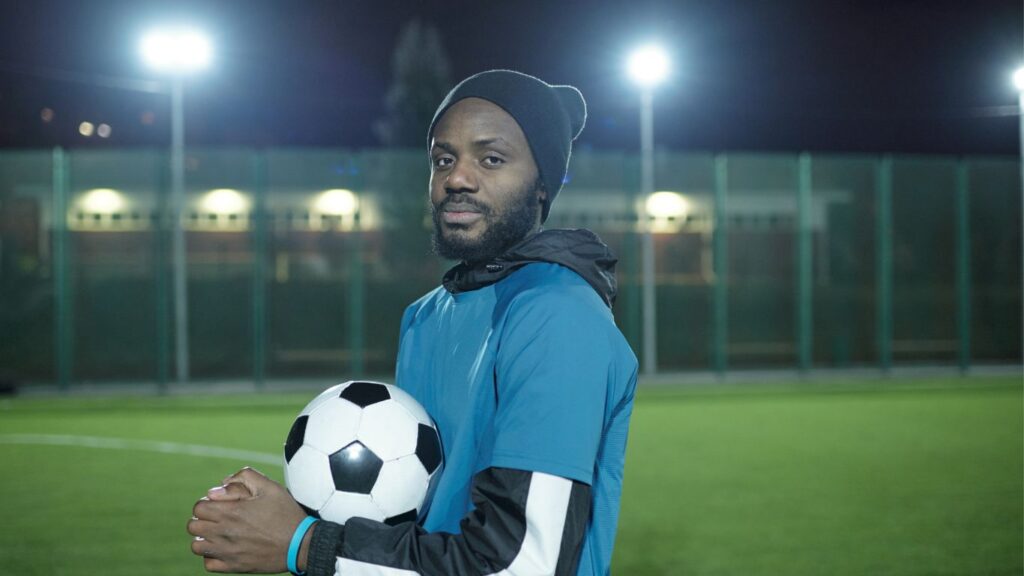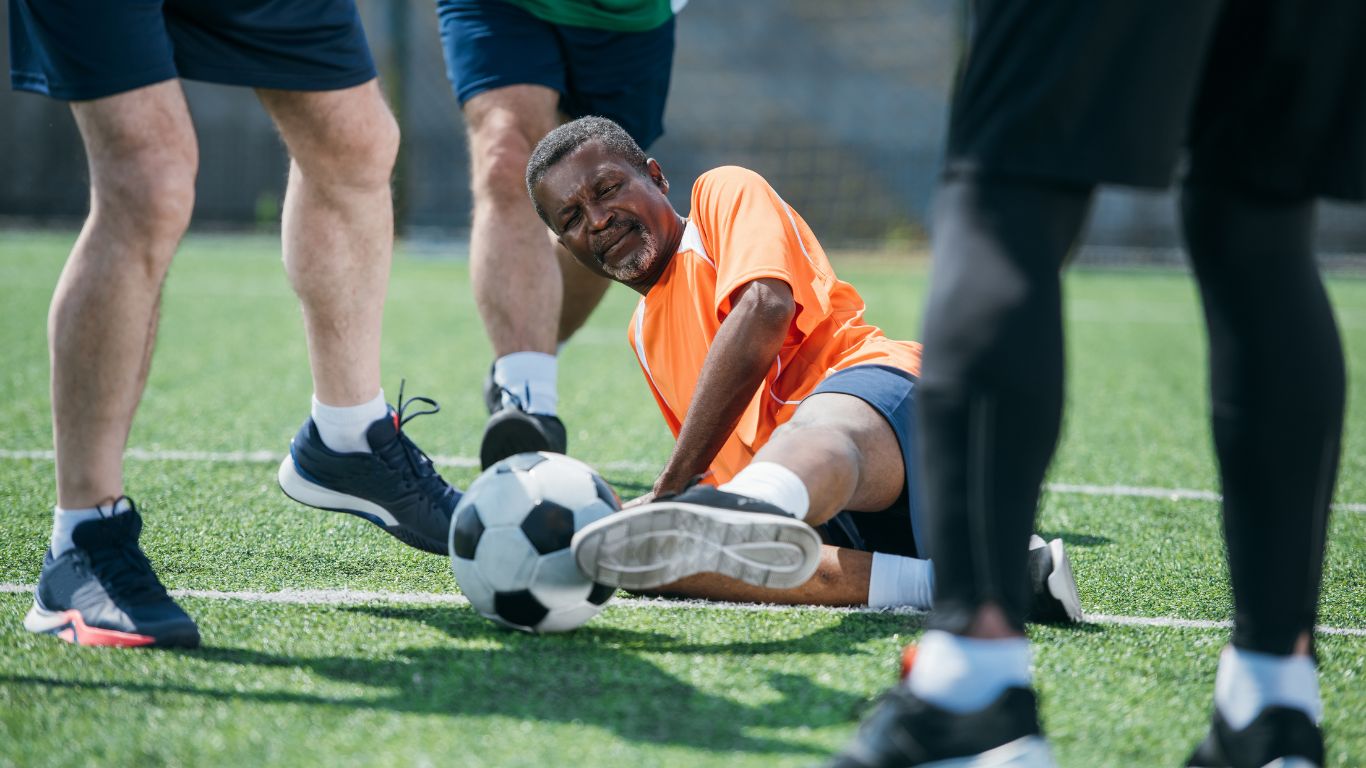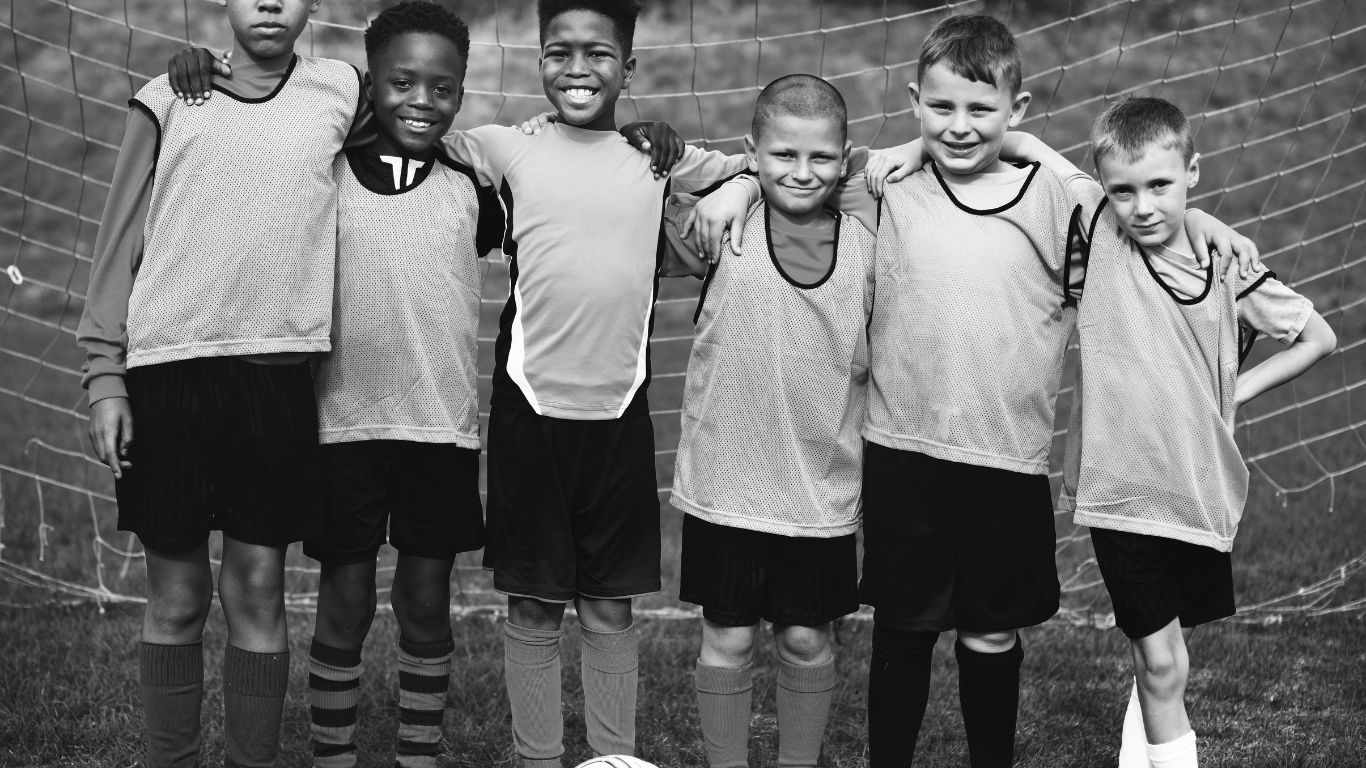Introduction to Defensive Backs
In American football, the Defensive Back (DB) is a crucial position within the team’s defense. It is primarily responsible for defending against the opposing team’s passing game. DBs are essential in both man-to-man and zone coverage, requiring a unique combination of speed, agility, and decision-making skills. They serve as the last line of defense, often making critical tackles to prevent receivers from gaining significant yardage or scoring.
Strategic Importance in Defense
Prevention of Long Passing Plays

Defensive Backs play a critical role in preventing long passing plays, which can quickly change a game’s momentum. By maintaining tight coverage on receivers, DBs minimize the opportunities for the opposing team to make big gains through the air.
Quick Decision-Making and Play Reading
The ability of DBs to read plays and react swiftly is vital to the defense’s overall effectiveness. Quick decision-making helps reduce the opponent’s scoring chances, making the DB’s role indispensable.
Contribution to Run Support
While their primary focus is on the passing game, DBs also contribute significantly to support. Their tackling and containment skills allow the front seven—linebackers and linemen—to concentrate more on pass-rushing and playmaking in the backfield.
Strategic Positioning and Communication
The strategic positioning and communication of DBs form the backbone of a well-organized defense. Effective communication ensures that coverage responsibilities are clear, reducing the chances of defensive breakdowns.
Key Skills for Defensive Backs
Speed
DBs need exceptional speed, which is a non-negotiable skill. This allows them to keep up with fast receivers and close gaps quickly.
Agility

Agility is crucial for making quick adjustments and changing direction rapidly, which is necessary for both man-to-man and zone coverage.
Decision-Making
DBs must be able to make split-second decisions. Reading the quarterback’s eyes, understanding offensive formations, and anticipating plays are all part of this skill set.
Essential Training Drills
Backpedal and Break
It focuses on quick backpedaling to maintain coverage and then swiftly breaks forward or to the side to simulate reacting to a pass.
T-Drill
A fundamental drill for improving agility and change of direction, essential for covering ground and making quick adjustments.
Ball Skills Circuit
Incorporates drills that improve catching and ball control, such as tip drills, enhancing the ability to intercept or knock down passes.
One-on-One Coverage Drill
Simulates game situations by practicing man-to-man coverage against receivers, emphasizing footwork and positioning.
Speed and Acceleration Training
Includes sprints and resistance training to improve overall speed and the ability to close gaps or cover ground quickly.
Film Study
While not a physical drill, film study is essential for understanding offensive formations, tendencies, and the art of reading a quarterback’s intentions.
Comparison with Other Defensive Positions
Primary Focus
- Defensive Backs focus on defending against passing plays.
- Linebackers and Linemen concentrate more on stopping the run and rushing the quarterback.
Required Skills
- DBs require exceptional speed, agility, and coverage skills.
- Linebackers and Linemen rely more on strength and tackling abilities.
Field Positioning
- DBs typically start further back from the line of scrimmage, allowing a broader view of the field.
- Linebackers and Linemen often line up closer to the line of scrimmage.
Coverage Responsibilities
- DBs provide both man-to-man and zone coverage, balancing individual skill and teamwork.
- Linebackers and Linemen have more confined roles in coverage.
Coaching Tips for Developing DB Skills
Footwork and Body Positioning
Emphasize the importance of footwork and body positioning to maintain tight coverage on receivers.
Reading the Quarterback
Drill the habit of reading the quarterback’s eyes and body language to anticipate plays and make quicker, more informed decisions.
Discipline in Coverage
Encourage DBs to stay disciplined in their coverage assignments, avoiding being drawn in by play-action or double moves.
Ball-Hawking Culture
Develop a culture of ball-hawking by focusing on interception and pass-deflection techniques in practice.
Film Study
Incorporate film study to improve recognition of offensive formations and tendencies, enhancing strategic play.
Communication and Teamwork
Foster communication and teamwork between DBs to ensure seamless coverage and support, especially in complex defensive schemes.
FAQs
What are the key responsibilities of a Defensive Back?
A Defensive Back’s primary responsibilities include:
- Covering wide receivers.
- Preventing completions by the opposing team.
- Making tackles.
- Intercepting passes.
- Providing support in defending against running plays.

How does a Defensive Back’s role differ in man coverage vs. zone coverage?
In man coverage, a Defensive Back is assigned to cover a specific receiver, following them closely throughout the play. In zone coverage, the DB is responsible for covering a particular area of the field, defending against any player who enters their zone.
What physical attributes are essential for a Defensive Back?
Speed, agility, and quick reaction times are essential physical attributes for a Defensive Back. These allow them to keep up with fast receivers, make sharp changes in direction, and react quickly to the ball.
How important is communication among Defensive Backs?
Communication among Defensive Backs is crucial. It ensures that coverage responsibilities are clear and helps to prevent defensive breakdowns. Effective communication also allows DBs to adjust to offensive formations and shifts quickly.
Why is film study important for a Defensive Back?
Film study helps Defensive Backs understand offensive tendencies, formations, and the quarterback’s behavior. This knowledge allows them to anticipate plays, make better decisions, and improve their overall performance on the field.
What drills can help improve a Defensive Back’s skills?
Key drills for Defensive Backs include the backpedal and break drill, T-drill, ball skills circuit, one-on-one coverage drill, and speed and acceleration training. These drills focus on enhancing agility, footwork, coverage, and ball-handling skills.
Can a Defensive Back transition to other positions on defense?
Yes, Defensive Backs can transition to other positions, such as linebacker or safety, especially if they possess the necessary skills and physical attributes. However, this transition may require additional training and adjustment to new responsibilities.
Conclusion
The role of the Defensive Back in football is multifaceted and strategically significant. By combining speed, agility, and quick decision-making, DBs provide critical coverage and support, ultimately enhancing the defense’s overall effectiveness. For youth football coaches, focusing on these key areas will help develop skilled and reliable DBs who can significantly impact the game.
Ready to refine your defensive strategies? Download our full coaching manual for more tips and drills!










